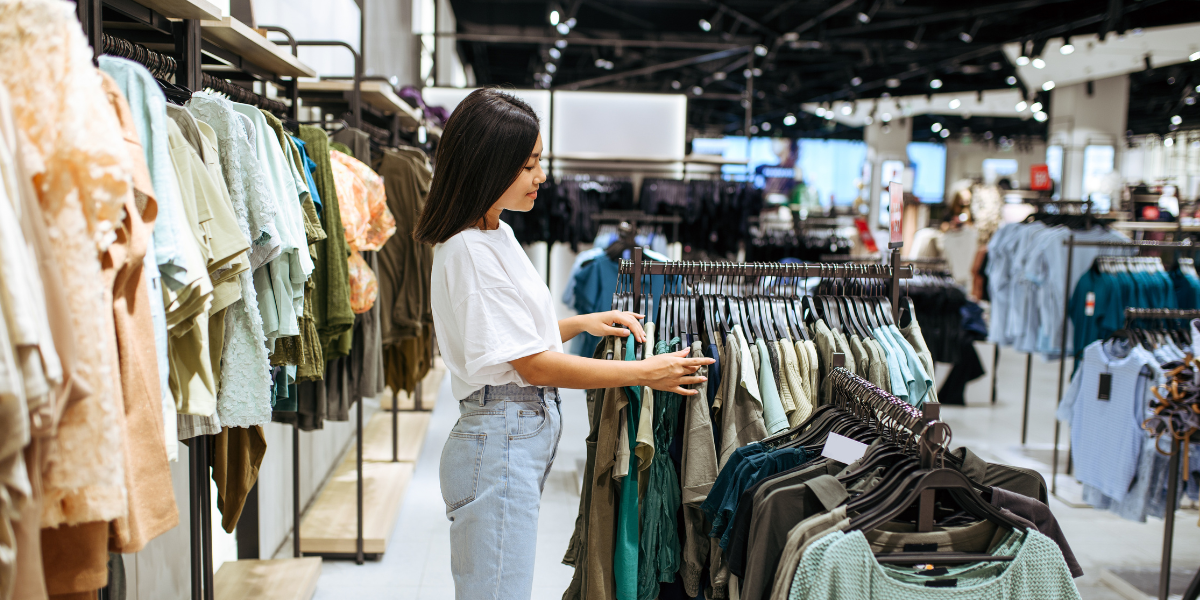In 2023, the UK high street continued to grapple with an ongoing decline in foot traffic, with retail sales volumes now having fallen for nine months in a row. While there’s still a desire to support the high street – most local shops used to be the first port of call for the average consumer – 80% of people now feel obliged to buy from big-name online retailers due to continued price hikes. With the ecommerce sector only getting bigger, is it possible for businesses to attract convenience-driven consumers back onto the streets?

The highstreet is changing
During the coronavirus pandemic, it briefly seemed like the revival of the high street was gaining momentum. With the national economy constrained by lockdown measures, public support for small and local businesses skyrocketed. Mentions and conversations on “shopping local” grew by 50%* on social media in conjunction with the beginnings of the current cost-of-living crisis. After months of limited human interaction, the customised experience of in-person shopping was a welcome change. Buying from local grocers or supermarkets meant supporting local farmers, butchers and other suppliers and, by extension, the local community as a whole.
Although footfall has declined again recently, consumers who are willing to pay a small premium understand the local appeal, as a combination of quality, nutrition and sustainable sourcing are hard to find further afield.
Clicks or bricks?
In a post-COVID world, 46% of UK shoppers buy items online at least once a week. The convenience, immediacy and variety of the online shopping experience means the stakes are higher for traditional brick-and-mortar retailers. The reality is that people will continue to gravitate towards ecommerce stores even when they have the freedom to return to a face-to-face environment. Smart retailers should still focus on creating hyper-personalised, engaging experiences in store that can’t be replicated online, but it’s also worth considering how to adopt or adapt the key benefits provided by internet shopping.

Consumers are price focused
As shopping priorities evolve, it’s increasingly vital to stay ahead of the online versus in-store debate. During lockdown, when consumers had the time to shop around, value was perceived as a combination of price, quality, availability and choice. Today, price is now the single most important factor in the purchase decision process. Cost-conscious consumers won’t hesitate to abandon their regular shopping destinations if it means saving cash.
Stagnating wages and price hikes have significantly changed consumer behaviours across all sectors. Even the ways we exercise are different; a Retail Times survey found that more than half of Britons (53%) are finding their fitness fix by walking, hiking or exercising at home rather than going to the gym.
Shopping in the future
Consumers are still searching out local on digital platforms. The pandemic catalysed a renewed interest in the high street, and now the onus is on small and local retailers to continue to diversify their offerings to suit the communities that they serve. It’s never been more important to analyse and target consumers more precisely to understand which elements of the shopper experience will be most beneficial for growth.
This article is an extract of our latest SPEND insight report for 2023–2024. Click here to access the full publication.
* Social listening research by Linney 2023